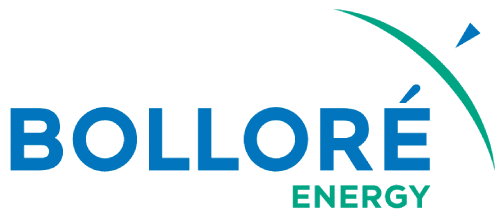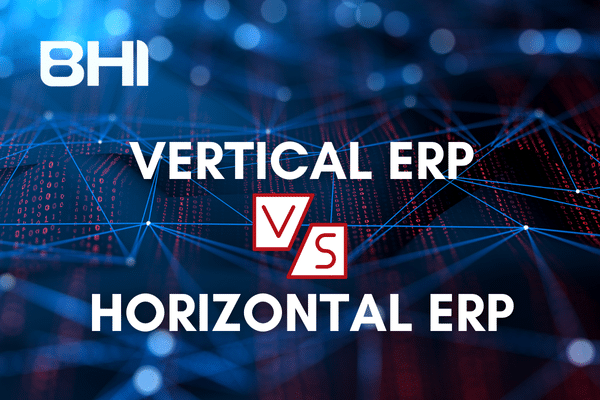In an economic context where digital transformation has become a strategic imperative, 70% of IT projects fail or do not deliver the expected results according to the Standish Group report (2020). The main reason? Inadequate or non-existent change management. For business leaders, understanding and mastering this dimension becomes crucial to ensure the success of their technology investments.
Definition : Change Management
Change management represents the set of methods, tools, and actions designed to facilitate the acceptance and adoption of transformation within an organization. In the context of an IT project, it aims to support employees in adopting new tools, processes, or working methods.
According to Prosci, the global leader in change management, this discipline combines three essential dimensions:
- The human dimension: understanding and managing individual reactions to change
- The organizational dimension: adapting company structures and processes
- The technical dimension: ensuring mastery of new tools and systems
A McKinsey study highlights that companies investing in structured change management significantly improve their chances of success in their digital transformation projects.
Why Implement Change Management ?
Maximize Return on Investment
IT investments constitute a strategic expense item for French companies (INSEE, sectoral statistics). Without adequate support, these investments may never reach their full potential. Change management enables:
- Accelerating adoption: Companies with a structured program observe 3 times faster adoption of new tools
- Reducing hidden costs: Poor adoption generates on average 25% additional costs related to temporary productivity decline and additional training
- Sustaining benefits: 87% of supported projects maintain their performance gains after 2 years, compared to only 33% without support
Preserve Cohesion and Performance
Digital transformation can create tensions within teams. According to several surveys, a significant portion of French employees express some apprehension about technological changes in their company (IFOP, 2022, and other sources). Change management allows to:
- Maintain employee engagement
- Reduce turnover during transition phases (divided by 2 according to a Deloitte study)
- Preserve or even improve productivity during transformation
The Change Curve
Understanding employees’ emotional journey through change proves essential. The Kübler-Ross model, adapted to the professional context, identifies several phases:
1. Shock and Denial (Weeks 1-2)
Employees discover the project. Some minimize its impact or refuse to believe it. Productivity remains stable but anxiety rises.
2. Resistance and Anger (Weeks 3-6)
Faced with the reality of change, resistance emerges. Productivity can drop by 20 to 40% depending on the project’s scope.
3. Exploration and Negotiation (Weeks 7-12)
Teams begin exploring new possibilities. Adjustments are negotiated. Productivity gradually recovers.
4. Acceptance and Commitment (Months 3-6)
New processes become the norm. Productivity often exceeds the initial level thanks to efficiency gains.
This curve is not linear: each individual progresses at their own pace, hence the importance of personalized support.
Change Management : Stages
Phase 1 : Diagnosis and Preparation (10-15% of project time)
Analyze impact: Map precisely who will be affected and how. A detailed impact study anticipates 80% of difficulties according to PMI (Project Management Institute).
Assess maturity: Measure the organization’s capacity to absorb change. Tools like Prosci’s ADKAR (Awareness, Desire, Knowledge, Ability, Reinforcement) allow objective assessment.
Phase 2 : Strategy Design (15-20% of project time)
Define vision: Creating a clear message about the “why” of change is essential. Companies that share a coherent and understandable vision generally observe better employee buy-in for transformation projects.
Identify ambassadors: Select relays in each department. These “change champions” multiply internal communication effectiveness by 3.
Phase 3 : Deployment (50-60% of project time)
Continuous communication: Maintain regular information flow. The “rule of 7” applies: a message must be repeated at least 7 times to be integrated.
Adapted training: Offer differentiated paths according to profiles. E-learning combined with face-to-face increases retention by 60% according to a Columbia University study.
Field support: Ensure physical presence during initial use. “Proximity coaching” reduces initial usage errors by 70%.
Phase 4 : Anchoring and Sustainability (10-15% of project time)
Measure results: Track precise KPIs (usage rate, satisfaction, productivity). Companies that measure are 2.5 times more likely to succeed in their transformation.
Celebrate successes: Publicly recognize progress made. Recognition is widely acknowledged to strengthen employee engagement.
Resistance to Change : The Great Challenge
Understanding Sources of Resistance
Resistance to change is not a whim but a natural reaction to uncertainty. The main identified causes are:
- Fear of incompetence (45% of cases): Employees fear not mastering new tools
- Loss of bearings (30%): Familiar processes disappear
- Status questioning (15%): Some positions evolve or disappear
- Lack of trust (10%): Doubts about project relevance
Strategies to Overcome Resistance
Early involvement: Involving future users from the design phase reduces resistance by 60%. Participatory workshops create a sense of ownership.
Total transparency: Openly communicate about impacts, including negative ones. Honesty generates 3 times more trust than sugar-coated communication.
Individualized support: Offer personalized coaching to the most reluctant. Targeted support converts 75% of opponents into supporters according to an Accenture study.
Change Management : Tools
Diagnosis and Planning Tools
- Impact matrix: Evaluates the extent of change by service/function
- Stakeholder mapping: Identifies potential allies and opponents
- Transformation planning: Sequences actions over time
Communication Tools
- Project portal: Centralizes all information (used by 78% of successful projects)
- Weekly newsletter: Maintains long-term engagement
- Q&A sessions: Allow expression of concerns (reduce anxiety by 40%)
Training Tools
- E-learning platform: Enables skill development at one’s own pace
- Serious games: Increase engagement by 85% among those under 35
- Video tutorials: Facilitate autonomous learning
Monitoring Tools
- Change barometer: Regularly measures social climate
- Adoption dashboard: Tracks key indicators in real-time
- Continuous feedback: Collects field feedback to adjust strategy
Change Actors
The Executive Sponsor
Key figure representing management, they embody the vision and legitimize the project. Their visible involvement increases success rate by 40%. Their responsibilities include:
- Carrying the strategic message
- Arbitrating major conflicts
- Allocating necessary resources
The Change Project Manager
True conductor, they coordinate all actions. The best profiles combine technical skills and emotional intelligence. Their main missions:
- Develop support strategy
- Coordinate different actors
- Measure and report progress
Front-line Managers
Essential relays in change management, front-line managers play a key role in adopting new practices within teams. Their influence is often considered crucial for project success. Their role notably consists of:
- Translating vision into concrete actions
- Supporting their teams daily
- Reporting field difficulties
Ambassadors
Voluntary and enthusiastic users, they positively influence their peers. Companies with a structured ambassador network observe:
- 2 times faster adoption
- 50% reduction in resistance
- 35% improvement in user satisfaction
End Users
Ultimate change actors, their buy-in determines success. Actively involving them multiplies chances of success by 4. Their main expectations:
- Being heard and respected
- Receiving adapted training
- Having responsive support
The Crucial Importance of Professional Support
According to Prosci, projects benefiting from structured change management have significantly higher success rates, thanks to better adoption and reinforced employee engagement.
Professional support brings:
- A proven methodology adaptable to your context
- Benevolent neutrality facilitating dialogue
- Sectoral expertise enriched by multiple experiences
- Effective tools tested on numerous projects
The return on investment (ROI) of professional change management support manifests quickly, notably with significant reduction in time-to-value, decreased hidden costs, and notable productivity improvement after the project.
Conclusion : Transform Your IT Project into Sustainable Success
Change management is no longer an option but a strategic necessity. In a world where technology evolves exponentially, your organization’s ability to adapt determines its sustainability. Companies that invest in structured support transform their IT projects into true growth levers.
Don’t let your digital transformation join the 70% of projects that fail. Give yourself the means to succeed by surrounding yourself with proven experts.
Ready to guarantee your IT project’s success ?
Contact us today for a free assessment of your change management needs. Our experts support you at every step to transform your vision into operational reality. Together, let’s build the sustainable success of your digital transformation.

















